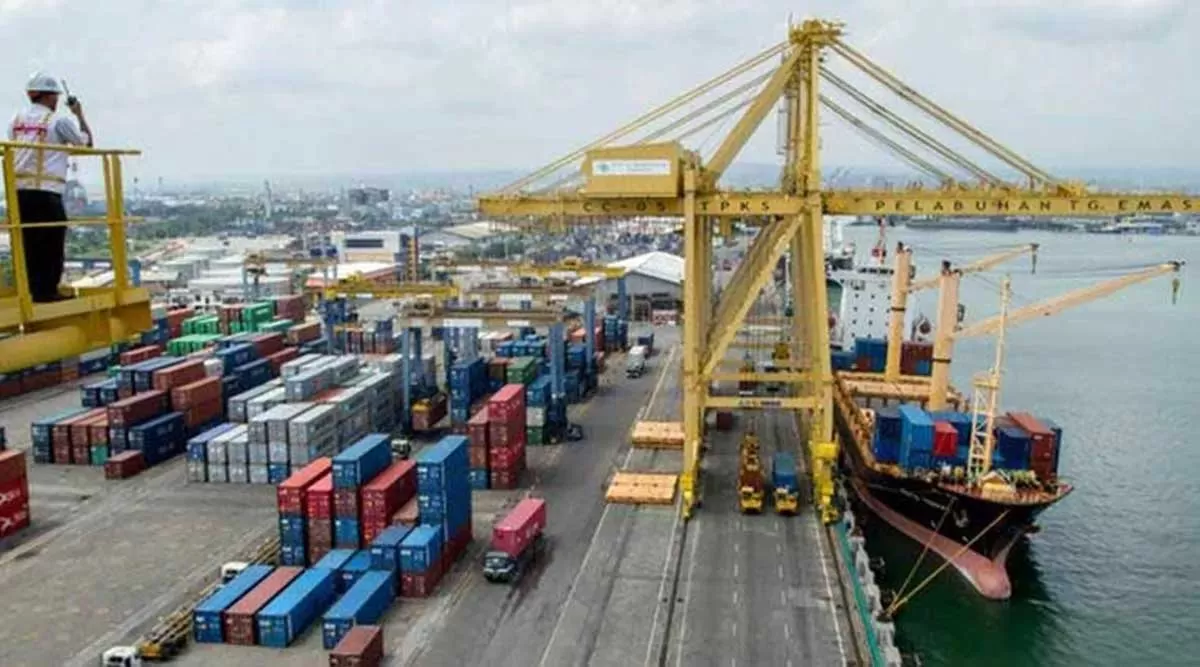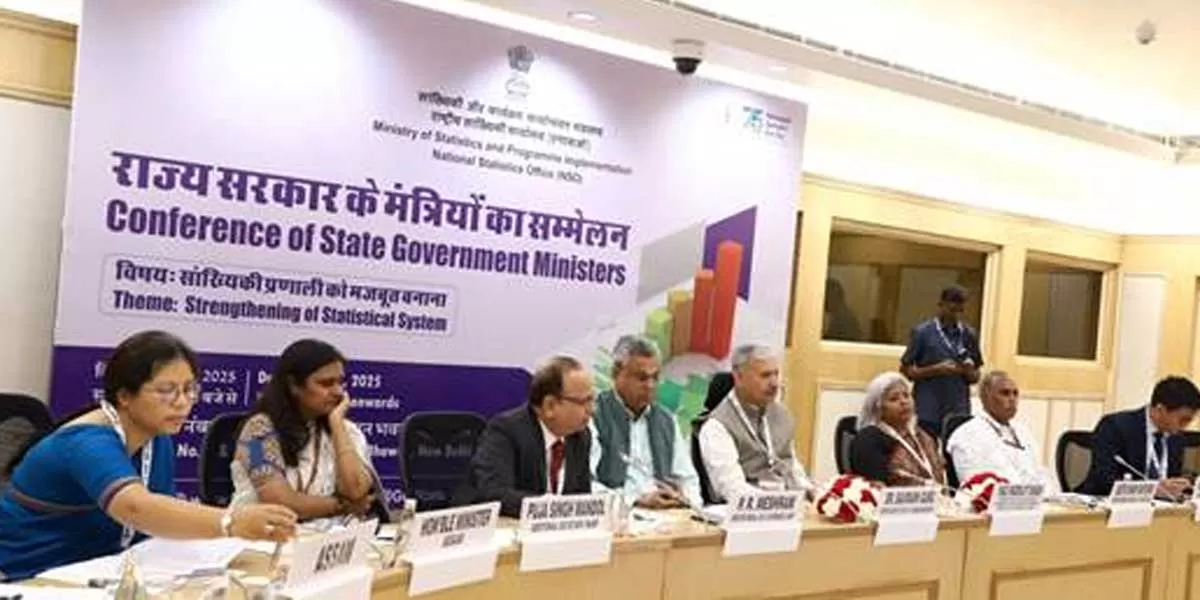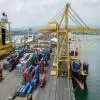Angshik Chaudhuri, Chief of Staff,
Smart+Connected Communities (S+CC), Cisco
Today, India has one of the largest and fastest growing urban populations in the world. From a Cisco perspective, Smart+Connected Communities (S+CC) is an initiative that uses the network as the platform to transform physical communities to connected communities run on networked information to enable economic, social and environmental sustainability. Together with an ecosystem of partners, Cisco has created a powerful, integrated platform that incorporates top technology, applications and business models to improve the way communities and cities are designed, built and run´from lighting and waste management to parking and traffic services, safety and security.
Angshik Chaudhuri, Chief of Staff, Smart+Connected Communities (S+CC), Cisco, highlights the role of ICT, the company´s projects and opportunities for vendors and suppliers in conversation with
CW. Excerpts...
Why do we need to develop smart cities in India?
According to estimates, close to 590 million people will reside in urban areas by 2030 with over 68 cities expected to have a population of a million or more; from an economic point of view, these will contribute over 70 per cent of the country´s GDP. These cities will also be home to a sizeable portion of the young population who will define the social, cultural and political fabric of the nation.
Given the factors outlined above and considering all the stakes involved, it is imperative for these cities to be conducive to growth to propel India to the league of a global powerhouse. That said, the task of developing such cities in India also comes with its share of challenges: unplanned urbanisation, scarcity of resources, population density, lack of basic citizen services and inadequate infrastructure, to name a vital few. The past few years have seen the emergence of the concept of smart cities to address these challenges.
Tell us about your offerings to bring down waste, water and energy consumption, thereby making cities more sustainable.
Cisco is partnering in a smart city initiative in the Born District of Barcelona, Spain, using Cisco Smart+Connected City Wi-Fi and sensing devices to improve liveability for citizens, create a smart city blueprint and demonstrate thought leadership in the region. Also, the company recently helped launch the ´Connected Boulevard´ in the Mediterranean resort of Nice, France. An ambitious proof-of-concept built to quickly demonstrate the benefits and value of the ´Internet of everything´ for residents and city leadership, the project includes four types of city services: smart circulation, smart lighting, smart waste management, and environmental monitoring. The applications gather information from about 200 wirelessly connected devices and sensors deployed along the 800-yard-long Boulevard Victor Hugo. The shared platform will make it possible to transform raw data from these sensors into the actionable intelligence that, when scaled, can transform Nice into a smart city. Further, in the city of Hamburg, Cisco Smart+Connected City WiFi is being used to improve service delivery to mobile citizens and boost the local economy and Hamburg Port Authority using smart parking.
In India, the Delhi Mumbai Industrial Corridor (DMIC) is a mega infrastructure project covering an overall length of 1,483 km between Delhi and Mumbai, and is one of the country´s most ambitious infrastructure development programmes aiming to develop new industrial cities as smart cities. Cisco is preparing an ICT master plan that will dovetail with the physical master plan so that, over a period of time, the real-time control and governance of the city can be done sitting in a central integrated operations centre. The ICT master planning is being worked on for the following four smart cities proposed under the DMIC project:
- Dholera Special Investment Region in Gujarat
- Shendra-Bidkin Mega Industrial Park in Maharashtra
- Manesar Bawal Investment Region in Haryana
- Khushkhera Bhiwadi Neemrana Investment Region in Rajasthan
Can you give us a percentage breakup in terms of the smart savings that smart components can offer?
The key components of a smart city include smart buildings, smart public and government services, smart education, smart utilities, smart healthcare and smart transportation.
- ICT-enabled smart buildings: With the implementation of smart building solutions at Building 14 of the Cisco Campus, Bengaluru, in the areas of maintenance, intelligent HVAC systems and emergency management among others, Cisco saves up to $ 150,000 every year, even at partial implementation.
- ICT-enabled smart utilities: Part of the implementation of India´s first smart grid pilot in Puducherry with the Department of Electricity and Power Grid Corporation of India (PGCIL) included installation of advance metering structure with central data control unit, which allowed consumers real-time monitoring of billing patterns, thus enabling them to manage consumption better and tracing power theft. The smart infrastructure is expected to reduce transmission losses from 22.6 per cent to 8.86 per cent and help in collecting dues and identifying sources of power thefts in real time.
- ICT-enabled smart transportation: Mysore is the first city in India to attempt intelligent transport system (ITS) implementation. The ITS project addresses the critical issue of road congestion by offering state-of-the-art technologies and attractive, convenient, comfortable, value-added services to encourage the use of bus services against individual personal vehicles.
What is the role of ICT in the development of a smart city?
A smart city requires seamless digital and physical infrastructure. The infrastructure needs to be shared efficiently across devices and applications to enhance end services and optimise costs. Therefore, ICT infrastructure should enable reliable and secure communication among various applications that can be built on top of the network. In addition, it should be able to provide a level of scalability that can accommodate future growth as the community expands. Thus, ICT forms the backbone of smart cities and an efficient ICT master plan will play a key role in building the smart cities of the future.
Also, the extension of existing cities and creation of new planned cities are two ways through which urbanisation will manifest in India. In either case, ICT planning will play a crucial role in making the city sustainable and scalable for the future. Each smart city project comes with its unique requirements and challenges, and the investment in ICT could vary depending on those factors. For instance, the ICT requirements in a brownfield project would be very different to that in a greenfield project, and the investment required would depend on the need. Another factor that plays a role in deciding the investment in ICT is the level of preparedness of the project; investments in ICT master planning would be substantially higher compared to implementation of a smart technology in one aspect or service, for example installing a WiFi mesh across a city.
In your view, which are the potential cities that can be retrofitted and made smart?
The way we look at it, all cities offer an opportunity to be transformed to a smart city. As against the popular belief, smart cities are not salubrious and sprawling cities but rather regular urban habitations with an underlying ICT infrastructure. In terms of implementing smart city solutions for existing cities, some of our major projects internationally such as Barcelona, London and Hamburg are all examples of retrofitting old metropolises and this is the case across most smart city projects across Europe and North America. For instance, in London, Cisco is working closely with the Olympic Park Legacy Company to develop UKG´s first Smart+Connected Community. As part of this project, the park used for the London 2012 Games will be transformed into a state-of-the-art community and a model for innovation working to achieve economic, social and environmental sustainability. Other examples include Sao Paolo (Brazil), Copenhagen (Denmark), St Petersburg (Russia) and Chicago (USA), among others.
With private players and the Government looking at smart cities as the way forward for India, what are the opportunities for vendors and suppliers?
In keeping with the focus on technology for country transformation, the new Government in its maiden budget has made some very encouraging announcements. The allocation of Rs 500 crore for improving broadband connectivity at the village level and the proposal of Rs 7,060 crore align well with the earlier announcement of creating 100 smart cities in India. Besides these, the Government has announced measures to encourage FDI and PPP, which will again bring in additional investments in this area. All these announcements translate to a huge potential for vendors involved in the creation of smart cities, including developers and their suppliers, infrastructure companies, technology companies (including services, hardware and software), and a host of related vendors.
An example of this is the recent partnership we have announced with Electronics City Industries Association (ELCIA) in Bengaluru to set up Asia´s first ´Internet of Things (IoT) Innovation Hub´. This project will lay the foundation for a new ecosystem to help electronic system design and manufacturing (ESDM) companies to develop solutions for city infrastructure management (CIM) including smart parking, smart CCTV surveillance, smart street lighting, smart water management or leak detection and community messaging. The project will utilise the Cisco-« Smart+Connected´ City WiFi solution that will help enable community WiFi services and allow access to public utility offerings.
Further Read:
The August 2014 edition Cover Story of the CW PROPERTY TODAY section in CW has extensively covered Smart Cities, throwing up new windows of opportunity for the municipal government, technology companies, consultants, service providers and citizens. Click here to read on...


















